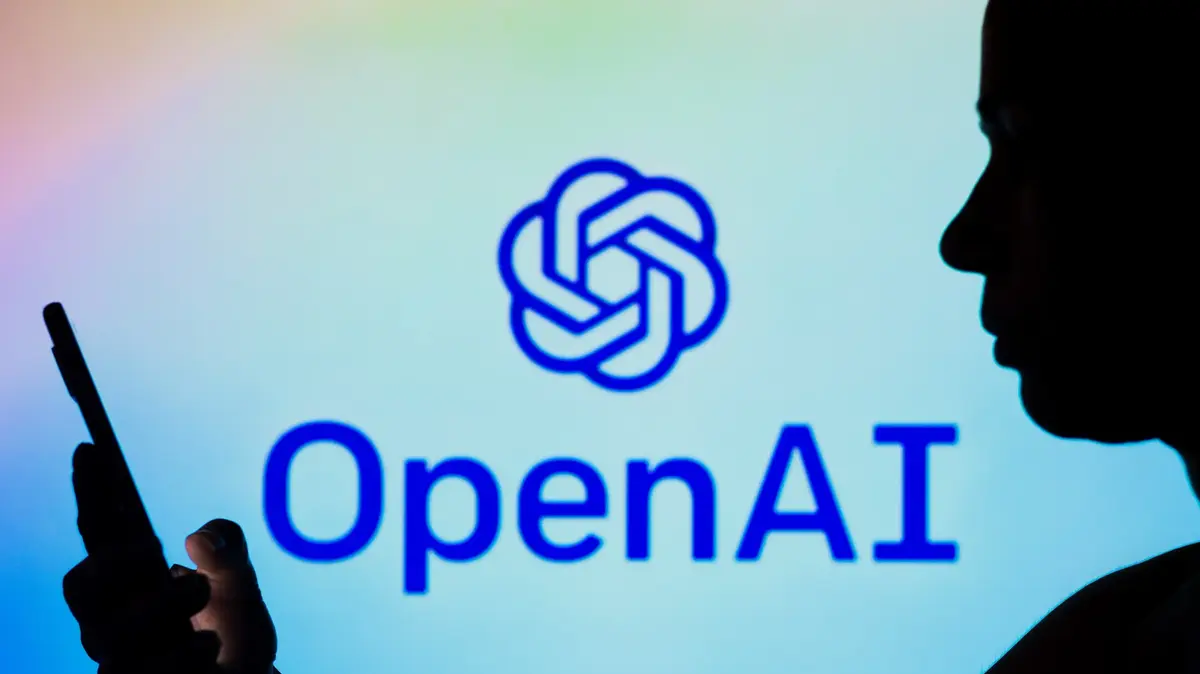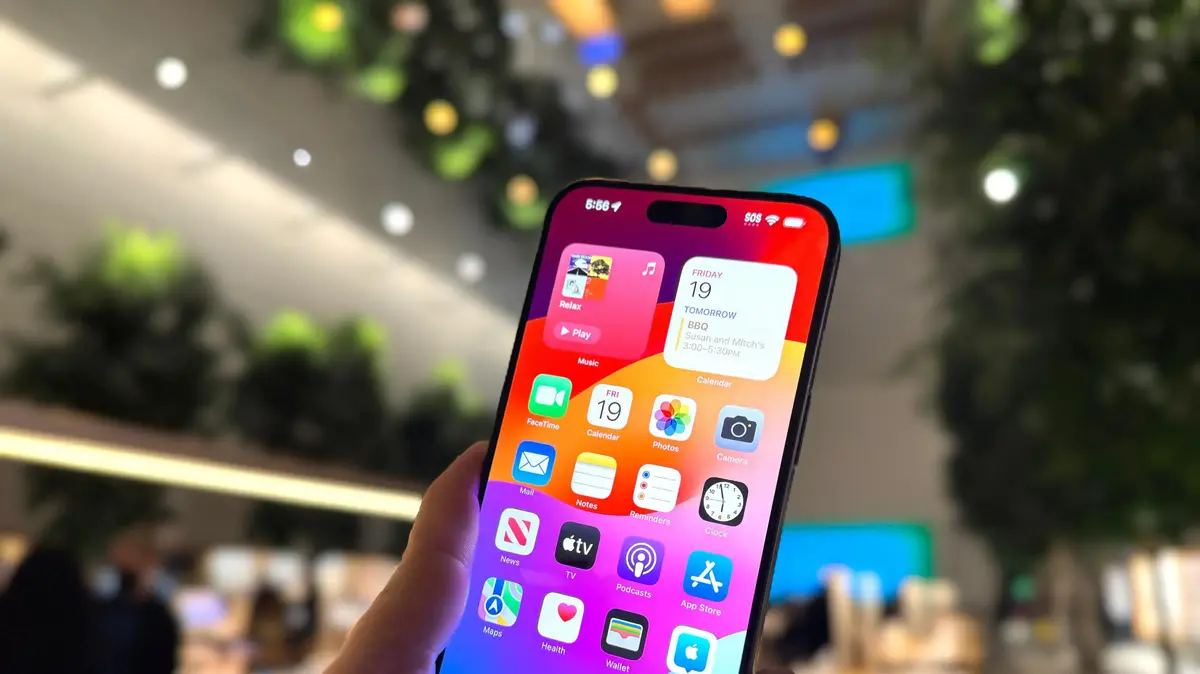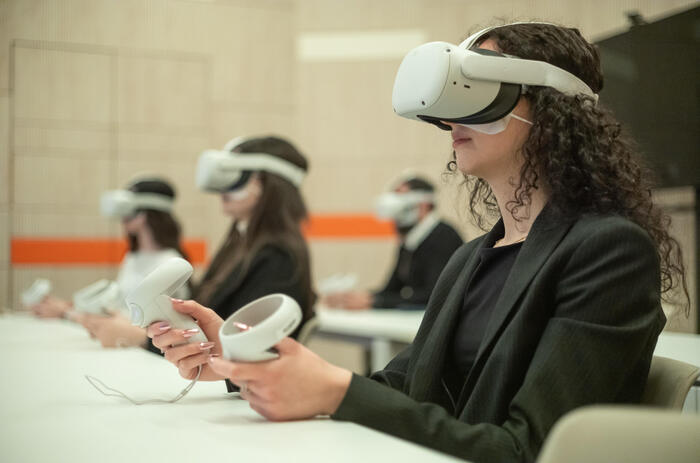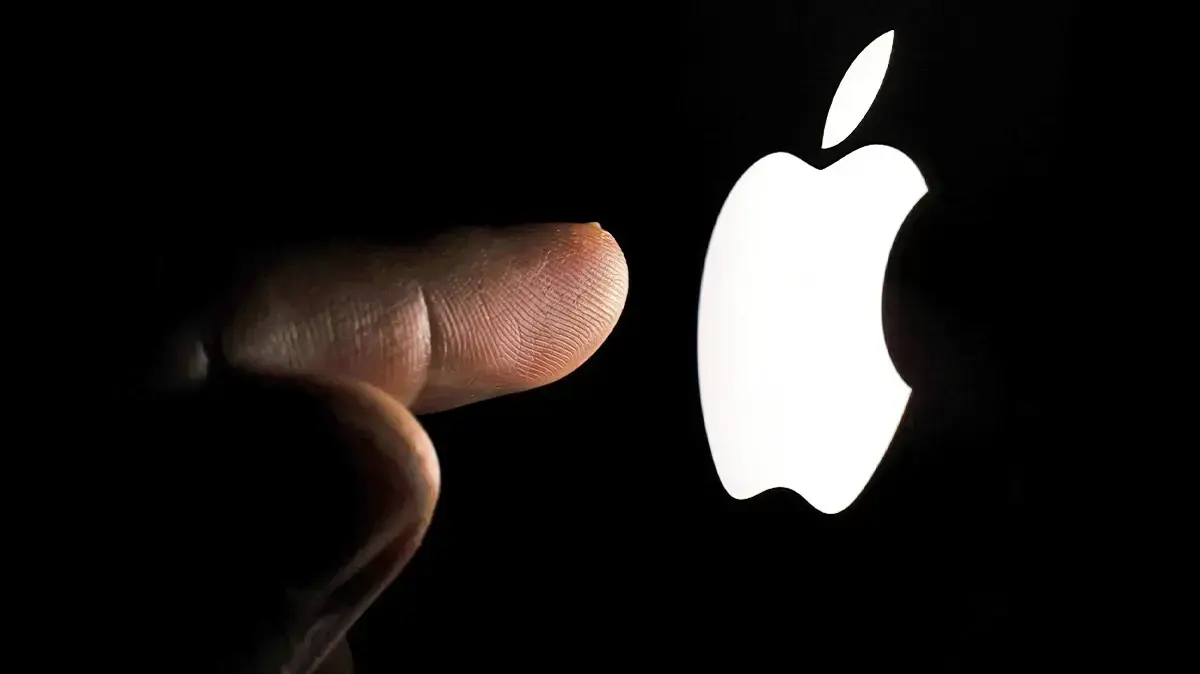In his 1975 story “El otro” Borges described a dream he had with himself: there an aging Jorge Luis talked with his adolescent version, giving rise to a fantastic simulacrum in which the possibility of understanding which of the two was blurred became blurred. real.
Recent developments in Artificial Intelligence have laid the foundations for the utopia imagined by the Argentine writer to become a reality: currently, nothing prevents us from having a digital double on computer screens, an “other” in a few minutes. with our face and voice, that emulates our way of speaking and is willing to interact with our contacts at all times, even when we leave this world.
For a few years we have been appreciating how Artificial Intelligence has been building this synthetic reality.
Specialists call it Generative AI, for its ability to make images and sounds of everyday life merge with others invented by algorithms.
We saw the first steps in movies and series (Carrie Fisher's return to life as Princess Leia, in Star Wars Rogue One; or the rejuvenated protagonist of the Strangers Things series), in fake news or in highly manipulated videos such as the deep fakes.
But what not long ago were skills reserved for a technical team, such as software developers or special effects designers, are now available to anyone.
Applications and platforms that feed on Artificial Intelligence to generate these “inhabitants” of synthetic realities with just a few clicks are now available to the general public.
For example, in 2022 Mark Zuckerberg through Meta presented a hyper-realistic avatar to move in the Metaverse.
Along the same lines, the startups D-ID and Hour One offer everything from creating digital clones on our screens, which fully imitate a person, to choosing the model that we like best from a catalogue.
The result?
As if it were a new version of the well-remembered Max Headroom, a digital character with a human physiognomy, voice, language and gestures is made available to us, adaptable to our needs (whether it be selling a product, telling a story or presenting a newscast, among many others). ).
Digital humans, in two steps.
With a photo ID and an audio file recorded through the cell phone, we already have the ingredients to create a digital human.
The next steps are to enter one of the platforms, upload those files and Artificial Intelligence will do the rest.
But that is not all.
2022 closed with the impressive launch of ChatGPT, the language model of the OpenAI organization, trained to converse, learn and explain countless topics with the same fluency as anyone.
The crossover between this talkability and the clones is imminent.
What will happen next?
Are we facing mere forms of entertainment or facing changes in our interaction with technology and the world?
Perhaps in the near future humans can (or should) "certify" their way of speaking so that an AI can replace them, in order to avoid possible falsifications of their identities (of their faces, their voices, their behavior).
How will we recognize a clone of an original in a phone call or in a chat?
Will the digital copy have the same validity as the original?
What if this technique was used to harm others?
Synthetic reality is a fantasy world come true that, like that "other" by Jorge Luis Borges, astonishes and scares in equal measure.
look also
the last blackout
look also
The war in Ukraine, an ordering factor in Europe









